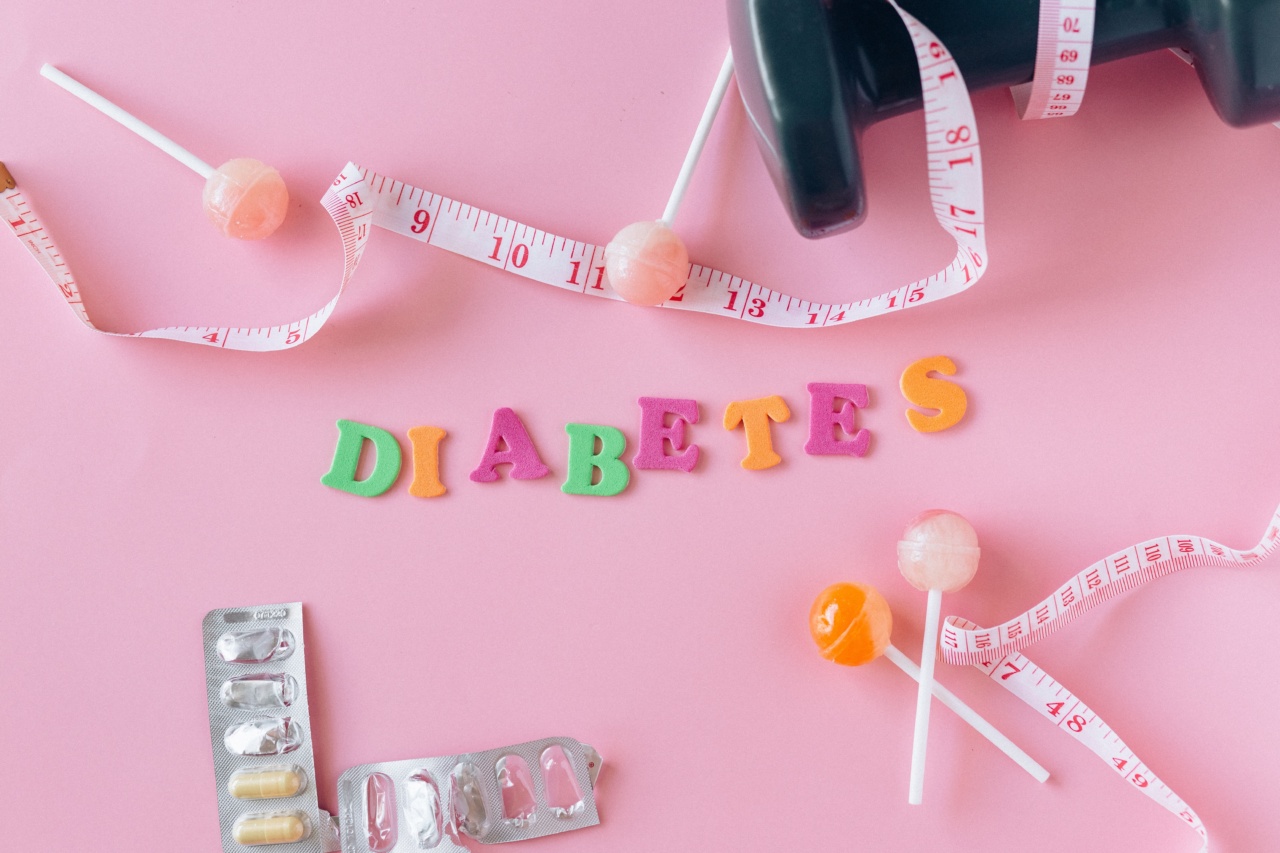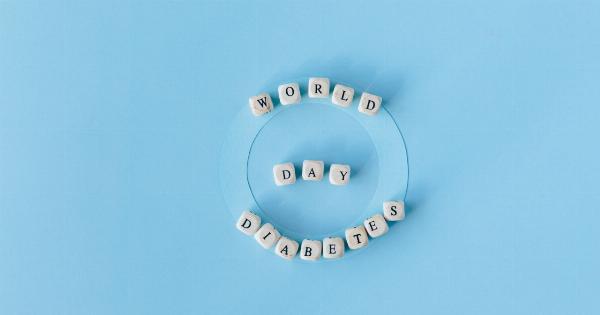Controlling weight and glucose levels can be a challenging task for many people. But with the right diet and lifestyle changes, it becomes easier. One of the most effective ways to manage weight and glucose levels is by adopting a healthy diet.
This article will take a look at the ultimate weight and glucose control diet.
What Is Weight and Glucose Control Diet?
A weight and glucose control diet is a diet designed to help people lose weight while also improving their glucose levels. This diet involves making healthy food choices and making lifestyle changes that promote healthy weight and glucose levels.
The diet typically involves consuming nutrient-dense foods that promote weight loss and keeping a watchful eye on carbohydrate intake to manage glucose levels.
What are the Benefits of a Weight and Glucose Control Diet?
Adopting a weight and glucose control diet has many benefits, including the following:.
1. Reducing the risk of chronic diseases
A weight and glucose control diet can reduce the risk of chronic diseases such as heart disease, stroke, diabetes, and certain types of cancer.
2. Improving glucose levels
Following a weight and glucose control diet can help people manage their glucose levels, which is essential for those with diabetes or prediabetes.
3. Weight loss
A diet focused on managing weight and glucose levels can help people lose weight, which, in turn, reduces the risk of obesity-related problems such as high blood pressure, joint pain, and sleep apnea.
Foods to Include in a Weight and Glucose Control Diet
1. Vegetables.
Include a wide variety of colorful vegetables in your diet, including dark leafy greens, tomatoes, carrots, onions, and mushrooms.
Vegetables are low in calories, high in fiber, and have a low glycemic index, which makes them ideal for weight and glucose control.
2. Fruits.
Choose fresh fruits such as citrus fruits, berries, and apples for snacks and desserts. Fruits are rich in essential vitamins and antioxidants, which can help reduce the risk of chronic diseases.
3. Whole Grains.
Whole grains such as brown rice, quinoa, and oatmeal are rich in fiber. They have a lower glycemic index than refined grains such as white bread and pasta, making them ideal for managing glucose levels.
4. Lean Proteins.
Include lean proteins such as chicken, turkey, fish, low-fat dairy products, and legumes in your diet. Proteins are essential for building and repairing tissues, and they can help you feel full for longer, reducing the urge to snack on unhealthy foods.
5. Healthy Fats.
Include healthy fats such as nuts, seeds, avocado, olives, and olive oil in your diet. Healthy fats can help lower cholesterol levels and reduce the risk of heart disease.
Foods to Avoid in a Weight and Glucose Control Diet
While certain foods are beneficial for weight and glucose control, others must be avoided. Foods to avoid include:.
1. Processed Foods.
Processed foods such as potato chips, candy, cookies, and sugary drinks are high in calories, sugar, and artificial additives. These foods can cause a spike in glucose levels and lead to weight gain.
2. Refined Grains.
Refined grains such as white bread, white rice, and pasta can cause a rapid spike in glucose levels and should be avoided.
3. Saturated and Trans Fats.
Saturated and trans fats found in fried foods, fatty cuts of meat, and processed meats can raise cholesterol levels and increase the risk of heart disease.
Lifestyle Changes to Adopt Alongside the Weight and Glucose Control Diet
In addition to the weight and glucose control diet, it is also essential to make lifestyle changes that promote healthy weight and glucose levels. Here are a few lifestyle changes to consider:.
1. Regular Exercise.
Exercise can help you lose weight, improve glucose levels, and reduce the risk of chronic diseases. Regular exercise can also help manage stress levels, which can contribute to weight gain and glucose control problems.
2. Get Enough Sleep.
Getting enough sleep is essential for weight and glucose control. Lack of sleep can interfere with glucose metabolism and increase the risk of obesity. Aim for at least seven hours of sleep every night.
3. Manage Stress.
Stress can lead to unhealthy eating habits and weight gain. Managing stress through relaxation techniques such as meditation, yoga, or deep breathing can help promote healthy weight and glucose levels.
Conclusion
The ultimate weight and glucose control diet is a well-balanced diet that focuses on nutrient-dense whole foods while avoiding refined and processed foods.
By adopting this diet alongside lifestyle changes, such as regular exercise, getting enough sleep, and managing stress, people can achieve healthy weight and glucose levels and reduce the risk of chronic diseases.




























